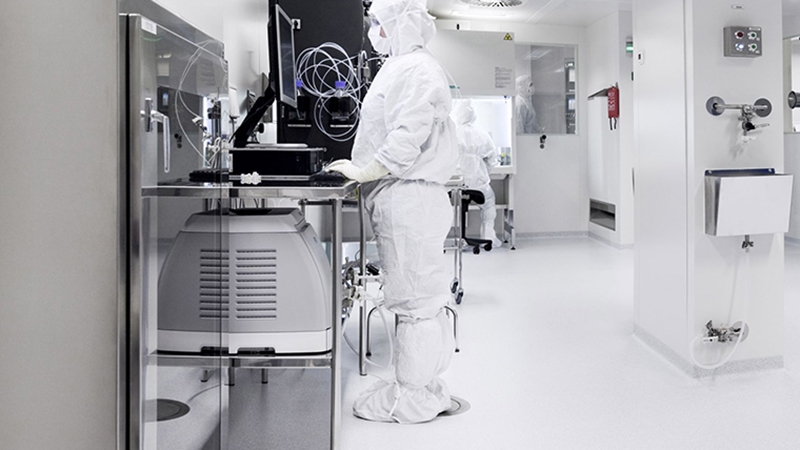Continuous manufacturing is becoming increasingly popular in pharma manufacturing, but the question remains: why is continuous manufacturing so much more efficient compared with batch procedure, and what do the authorities have to say about it?
While some facilities have published real-life experiences of the benefits of continuous manufacturing, the complete advantages are rarely achieved in full. Despite this unknown, the industry is slowly heading towards continuous manufacturing that favours flexibility and built-in good manufacturing practice (GMP) based on process analytical technology (PAT).
The FDA encourages early adopters of continuous manufacturing
Just a decade ago, only a few companies considered continuous manufacturing as a viable option for pharmaceutical production. GMP regulation and regulatory conservatism made it difficult to imagine how continuous manufacturing could become an important element of pharmaceutical product supply.
Therefore, many pharmaceutical companies were surprised when the US Food and Drug Administration (FDA) released a report concerning regulation of drug product quality in 2003. This report, “Pharmaceutical cGMPs for the 21st Century: A Risk-Based Approach,” highlighted new ways to ensure high quality pharmaceutical manufacturing. It called for the adoption of new technologies, including continuous manufacturing, and announced that the regulations would be changed accordingly.
Today, almost 15 years later, the FDA continues to be the main proponent of well-executed continuous manufacturing – both for its potential GMP advantages and its flexibility. Indeed other regulatory agencies are also pro the approach, though they are less outspoken on the matter.
Ultimately a less rigid model that endorses continuous manufacturing solutions can only be beneficial - opening doors for personalized medicine, new dosage forms and cost-efficient clinical trials that meet some important needs of the future.
The FDA continues to sing praises of well-executed continuous manufacturing ... [and] this less rigid model can open doors for personalized medicine, new dosage forms and clinical trials.
Uniting global regulatory authorities
Today, support from the European medicines agency (EMA) is formalized in the regulatory framework. And since the European Union GMP annex 15 on qualification and validation became law on 1 October 2015, inspectors now have a clear basis for evaluating the GMP compliance of continuous pharmaceutical manufacturing facilities, including continuous process verification approaches.
Like the US, the FDA and EMA state that existing GMP regulation does permit continuous manufacturing, despite the batch-based wording of the regulations. In fact, the FDA and EMA cooperate on their approach to Quality by Design (QbD), both on QbD submissions for new or updated products and their interpretation of what it means in practice. This is part of the ICH regulations and the newly announced mutual recognitions agreement between the EU and the US.
What does this mean in practice? The basis for continuous manufacturing is a product characterized by QbD methods and data. The manufacturing and product flexibility and subsequent market advantage that comes with continuous adoption are more than perks – they are breakthroughs.

